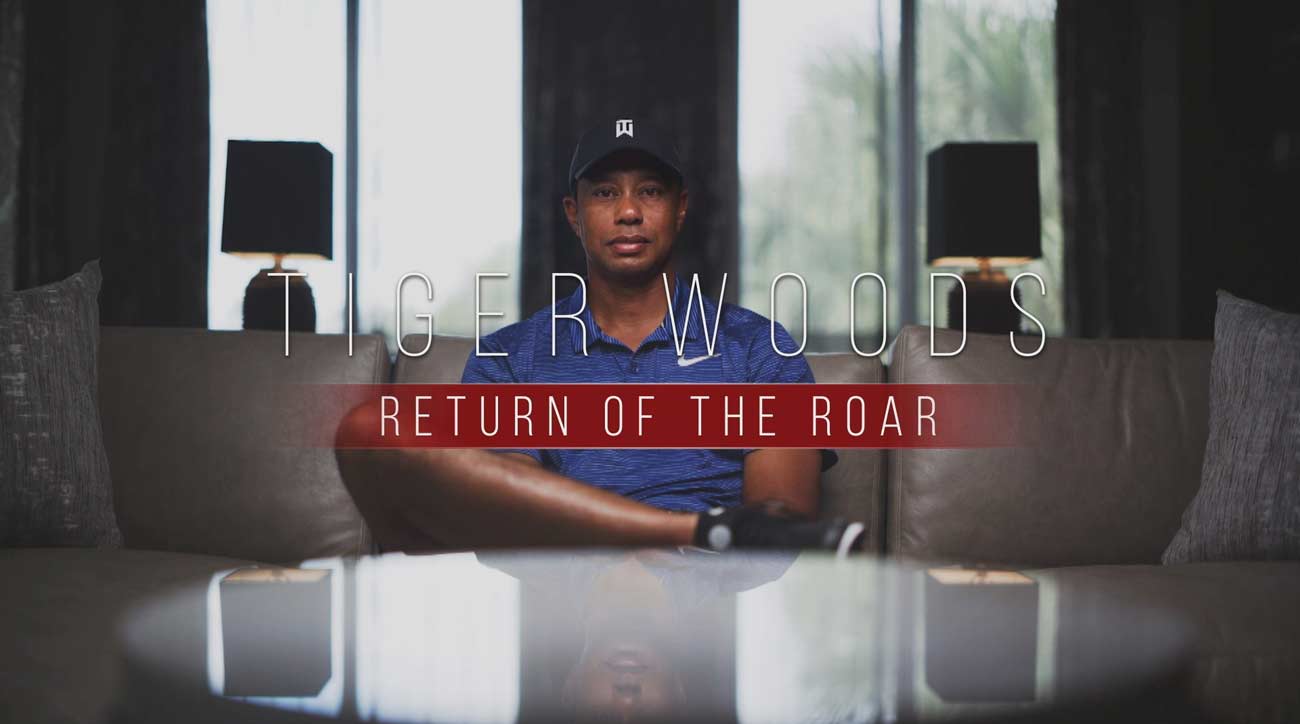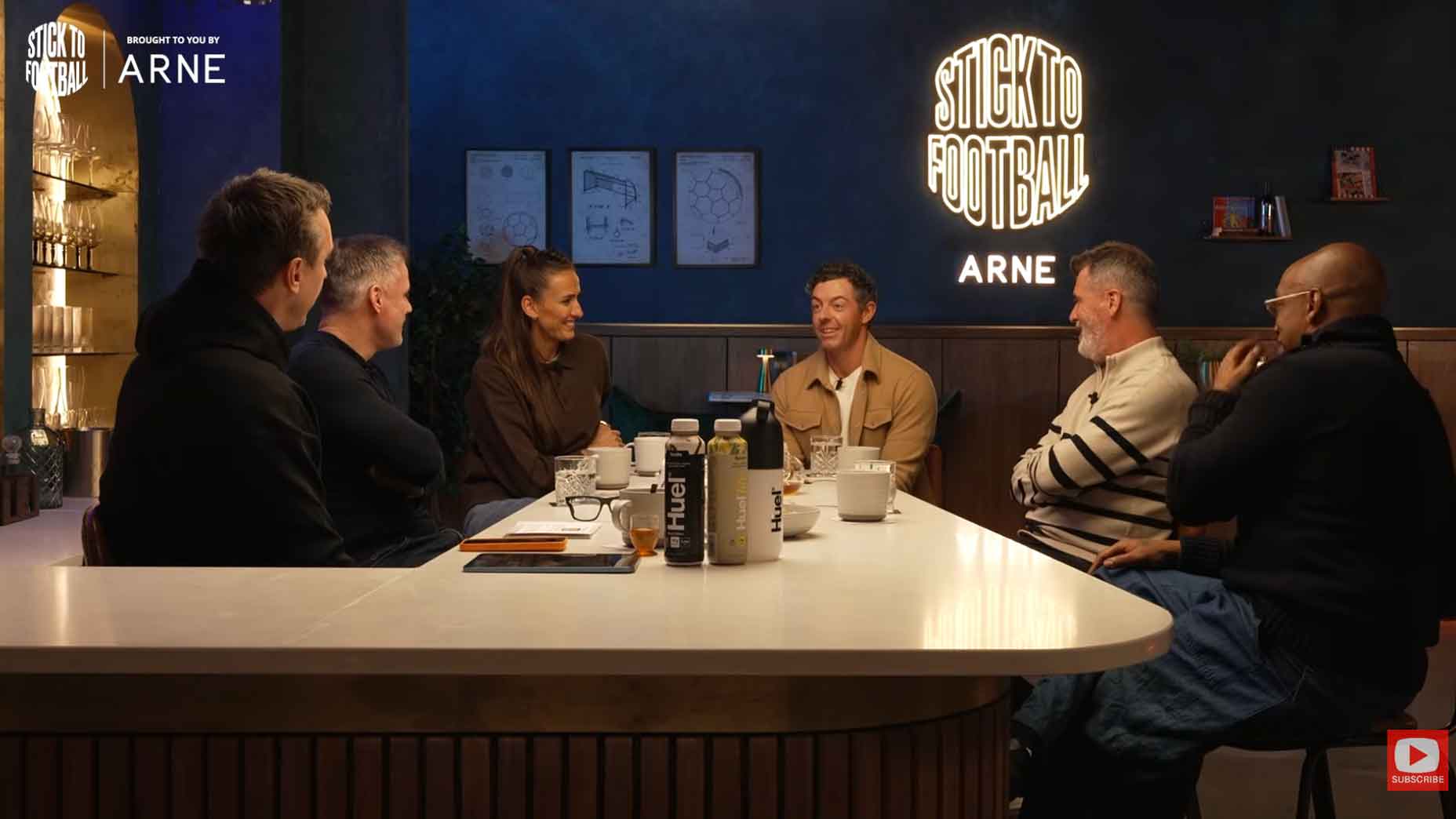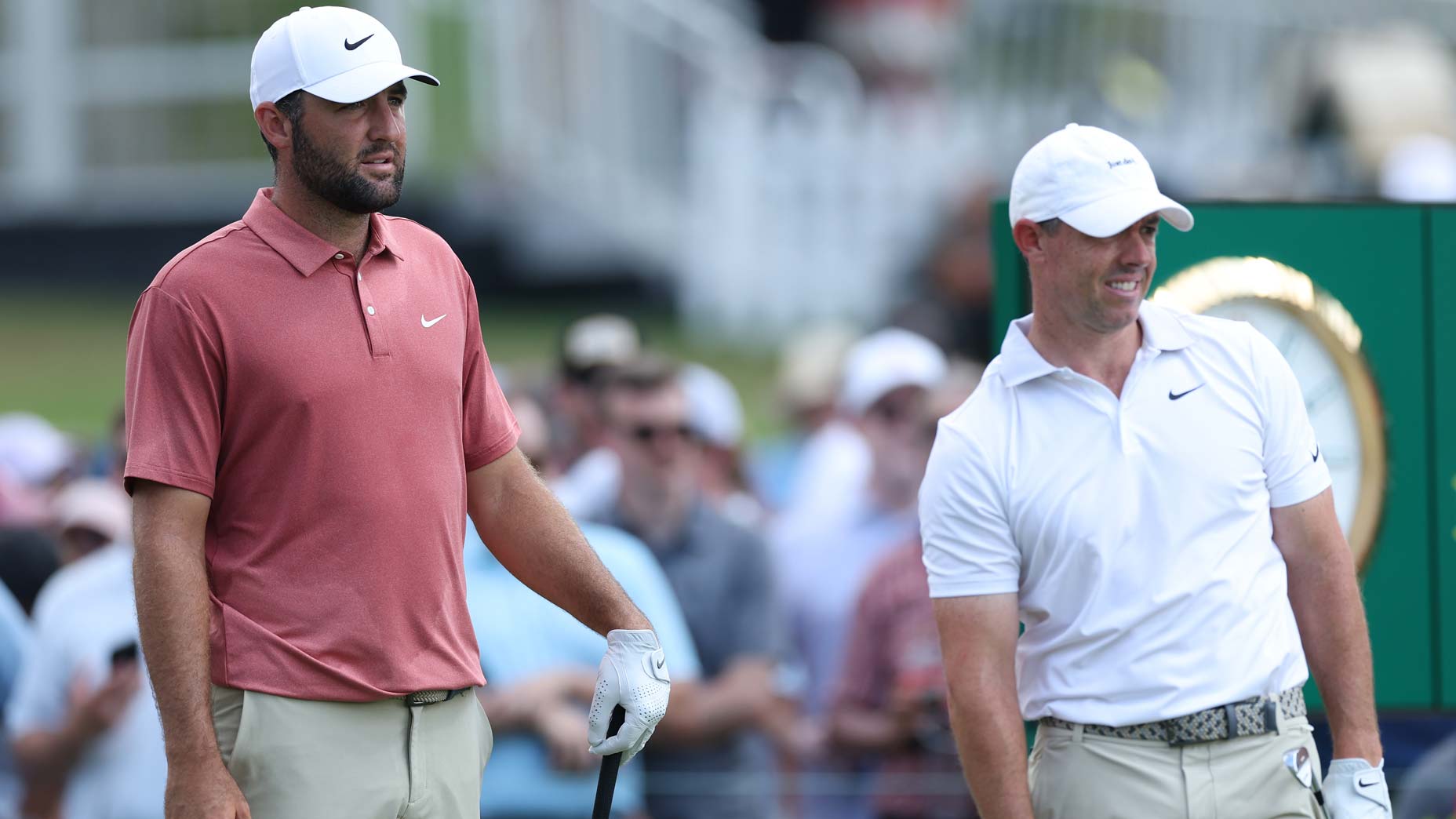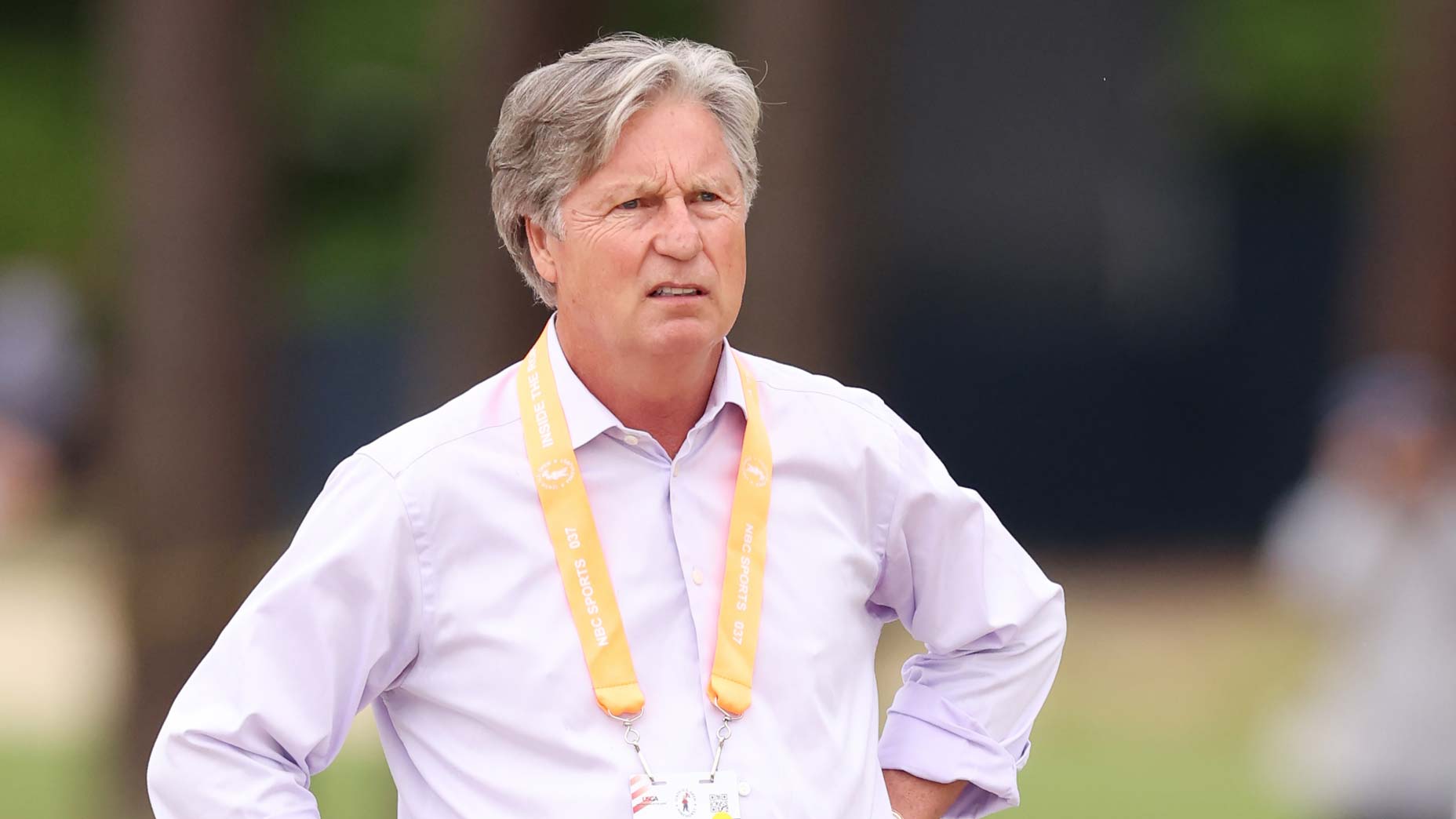For many golf fans, Tiger Woods’s 2017-18 comeback season was a gift that kept on giving.
Now, it’s been wrapped and tied in a bow.
The shiny packaging takes the form of “Tiger Woods: Return of the Roar,” a 90-minute documentary that chronicles a year in which Woods clawed back from career-threatening spinal surgery to reclaim his triumphal ways. The film debuted on ESPN Sunday, Dec. 30, which, not coincidentally, was Woods’s 43rd birthday.
Produced by PGA Tour Entertainment, in collaboration with ESPN, and narrated by SportsCenter anchor and long-time Tiger tracker Scott Van Pelt, “Return of the Roar” treads over familiar turf, but it does so with a VIP pass, offering viewers an inside-the-ropes and behind-the-scenes retrospective of Woods’s improbable campaign — an up-from-the-ashes rise that began gingerly at the Hero World Challenge and closed emphatically with a win at the season-ending Tour Championship, Tiger’s first Tour victory in five years.

In addition to multiple sit-downs with the man himself, the film is packed with never-before-aired content, including more than 60 interviews with PGA Tour players and other sports and entertainment stars (who knew Big Boi was a big-time Tiger fan?), as well as assorted figures from Tiger’s inner circle.
Jason Day, Rickie Fowler, Bryson DeChambeau, Phil Mickelson and Patrick Reed share their takes. Ditto Cheyenne Woods, Tiger’s niece. And Notah Begay, Woods’s Stanford buddy. Also chiming in is Joe LaCava, his faithful and rarely-heard-from caddie, who stuck with Woods through the darkest phases of his recuperation, despite Tiger’s assurance that he was free to seek another job.
Even Tiger’s favorite putter — the Scotty Cameron blade he wielded while winning 13 of his 14 majors, only to banish it when he it betrayed him — gets its 15 minutes, replete with a gauzy voice-over from Van Pelt describing the club’s return to Tiger’s bag.
The film offers few searing insights or self-revelations from Woods. Then again, Woods has never been one to show his cards. At one point, Woods describes his strategy when playing with a lead. He says that all he needs to do is tie his chaser, and he wins. Tiger grins as he says this, suggesting his contentment at having this tactical edge. It is grade-school math that the film tries to make sound profound.
Still, for anyone who thrilled to Woods’s comeback in real time, the film will play as an exhilarating flashback. There is Woods, last fall at his Bahamas event, dipping his toe back into competitive waters. Here he is, at the Farmers Insurance Open at Torrey Pines, electrifying throngs with his official return to the PGA Tour. The film captures Woods in high-def and super-slow-mo, the clarity such that you can count the grains of sand that explode around him as he blasts from a green bunker, or, as he plays through a FedEx Cup heat-wave, the beads of sweat building on his brow.
Tiger-ologists are sure to delight at Woods’s account of his own evolving game. Working without an instructor for the first prolonged period of his career, Woods describes how he learned to rely once more on instinct. As the feel in his hands returned, he says, his body “morphed around it.” Soon, his clubhead speed returned as well.
Woods’s first instructor was, of course, his father, a seminal figure in any telling of the Tiger tale. Sure enough, Earl Woods makes a posthumous cameo here, speaking in a grainy interview about how he taught his son to play by starting at the green and working backward. The result, Earl says, was that as a junior golfer, Tiger already had a sharper short game than that of many Tour pros at the time. With this, we get footage of a young Tiger exhibiting Seve-like touch.
Earl didn’t take up golf himself until he was 42, the same age Tiger was when he embarked on his latest comeback. This fitting bit of symmetry isn’t lost on the film’s main subject, who notes it while speaking wistfully of his dad.
Such intimate moments support Tiger’s growing reputation as a kinder, gentler figure, warmer and more engaging with both fans and peers. “Return of the Roar” relates this transformation nicely, nowhere more so than when Woods talks about his children, Sam and Charlie, and how his comeback season taught to him to see himself through their eyes. With no memories of him at the peak of his career, his kids, Tiger says, looked at him as “the YouTube golfer,” his on-course glory confined to the past. They associated golf with the pain it caused their father.
At the British Open, though, where Sam and Charlie watched as Woods contended down the stretch, Tiger sensed that a flip had switched: his kids realized that golf could also be a source of pleasure for him.
After the event, when Sam and Charlie hugged him, Woods says their embrace felt a little tighter.
“They understood what the journey has been,” he says.

Perhaps the film’s greatest strength is its prescience. Sensing that history lay in the waiting, the producers started shooting with the first swings of the season and stuck with it, so their interviews with Tiger and other sources trace his resurgence through its full arc. The gift to viewers is a chance to relive the rising currents of excitement as the comeback gained momentum and a Woods victory, once seemingly impossible, started to look plausible, then probable, and, at last, inevitable, culminating at East Lake, where, as Tiger puts it, “All hell broke loose.” With every passing minute of “Return of the Roar,” you can sense the anticipation building — in the buzz of the crowds and the commentary of Tiger’s fellow pros.
“If he’s healthy, which he is,” Zach Johnson says, “he can do anything.” That you know what Woods is about to accomplish doesn’t make the film any less fun to watch.
“Return of the Roar” premiered Sunday, Dec. 30, at 9 p.m. EST on ESPN. It is available for viewing via ESPN Video on Demand on ESPN.com and the ESPN app.








